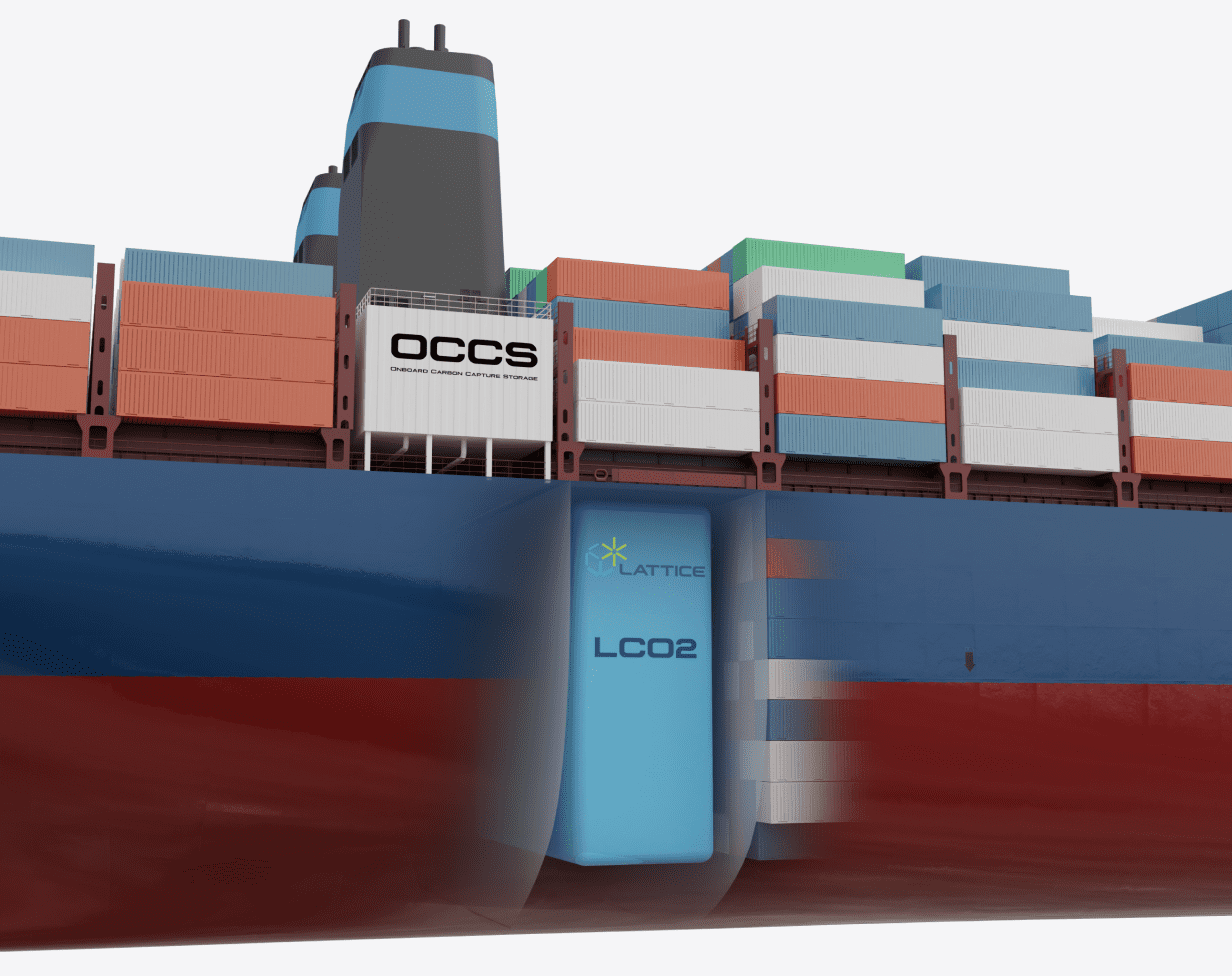The entire maritime industry is subject to reducing its CO2 footprint in correspondence to targets set by the IMO, EU, and other regulatory bodies. Clearly, there are several pathways maritime players are evaluating for decarbonizing their vessels and attaining emission compliance – many of which, such as alternative fuels, require significant build-out of new infrastructure and immense investments to upscale. Inevitably, the fastest way to decarbonize your fleet today is by integrating an OCCS (Onboard Carbon Capture and Storage) system providing a clean method for handling emissions, whilst extending usage of obtainable fossil fuels.

Whether a container ship, car carrier, bulk carrier, or passenger ferry, ultimately your vessels will need to decarbonize to meet environmental regulations and emission allowances. This important development is most visible in Europe, where the whole sector has been incorporated into the EU ETS, and subsequently ship owners must now account and pay for every ton CO2 emitted. Any ship calling a European port will be exposed to this regime, effectively leveraging new – but important – costs onto maritime emitters. This can be mitigated by implementing OCCS systems that derisk increasing emission exposures whilst providing a clearcut avenue for adhering to owners, lenders and end-clients’ ESG performance criteria.
OCCS typically consists of a capture system integrated inside the vessel’s stack, a processing unit for colling and liquefying the CO2, and a containment unit for storing the CO2 until discharge becomes available at port. For every ton LNG combusted onboard, this generates equivalent 2.76 tons CO2, thus warranting a sizeable storage tank that directly impacts space onboard, and consequently the overall value generating capability of the vessel. LATTICE OCCS tank solutions are designed to minimize and mitigate the impacts of OCCS, to be seamlessly integrated together with the other systems, and freeing up significantly greater space than any cylindrical or bilobe system could ever do. The flexibility of the LPV tank provides an immediate monetary upside and derisks the position of owners seeking to transition their fleet in a fast and credible way.
9400 TEU container vessel – LPV vs. cylinder
A 9400 TEU container vessel operating between Europe and Gulf countries, requires approx. total tank volume 9880m3 (assuming no discharge of LCO2 at ports along entire voyage). Relative volume efficiency of a below deck OCCS tank was increased from 53 to 90% utilization with LPV, freeing up equivalent 199 additional TEUs compared to cylinders. Assuming 12 roundtrips (24 single trips) made per year and an average cost of USD 1500/TEU, the advantage of LPV entails USD 7,164,000 upside for the owner per annum. Over the vessel’s lifetime (20y) this constitutes a total of USD >143 MUSD in added revenues.
Contact us to see how we improve the performance of your OCCS system.
Easy-to-install, single, fit-for-purpose, tank solution for maximum space efficiency. Reduces need for multiple units, and their resultant complexity and cost.
Significantly reduces comparative amount of TEUs forfeited compared to cylinders or bi-lobe of same volumetric capacity.
LPV designed to client’s preferred pressure rating and operating requirements. Sized to accommodate clients’ market strategy (CO2-intensity, route duration, discharge possibilities) whilst ensuring minimal impact on the value generating capability of your vessel. LPV LCO2 tanks can be designed for integration into low impact/non-usage space areas such as the ship’s bow.

Approved by ASME, all major Classification Societies, US Coast Guard